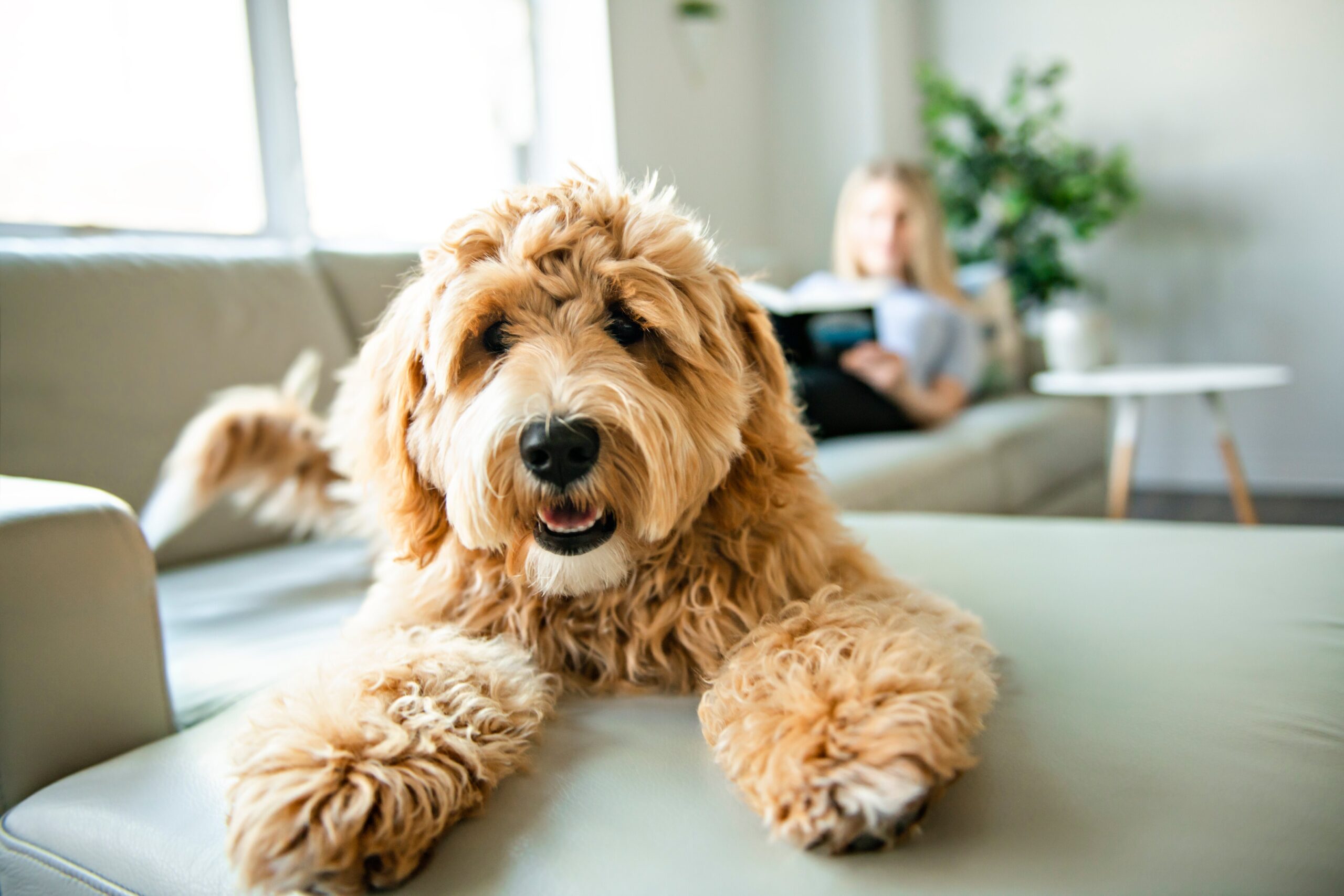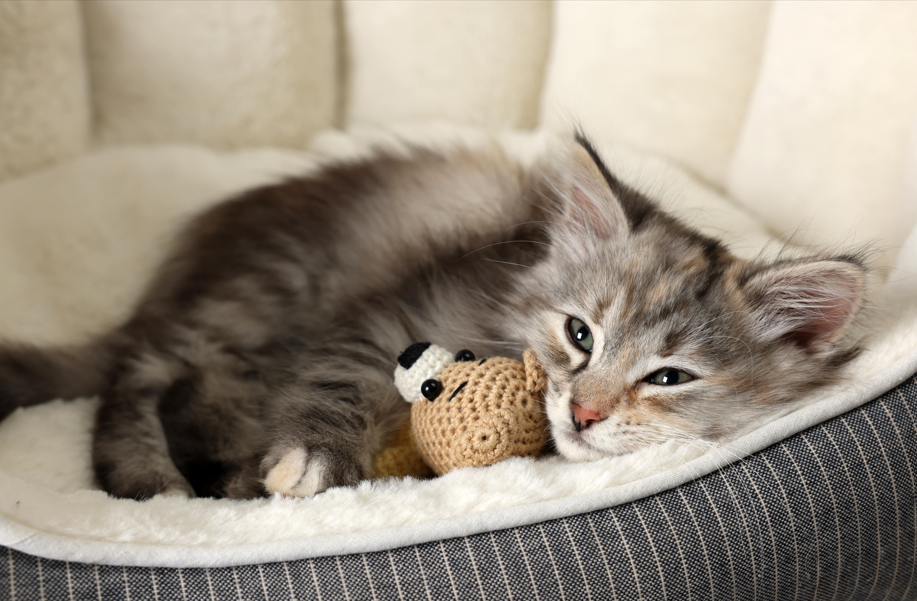Last Updated: 30/11/25
Enjoying occasions such as Bonfire Night, while ensuring that we meet our pets’ needs, can be a difficult balancing act.
Dogs and cats have highly attuned senses and innate survival instincts, so what we perceive as fun and festive may seem loud, dangerous and unpredictable for them.
With this in mind, we have put together a guide for making the season as stress-free as possible.
On this page:
Plan ahead
Here are some preventative measures your pets will thank you for before Bonfire Night begins:
- Make sure all doors and windows are closed to minimise the amount of noise entering the house, and close blinds and curtains to limit exposure to bright lights.
- Set up safe spaces in advance that your pets can get used to and be comfortable in. Don’t hesitate to get creative about the hideout you can provide!
- For example, covering a dog or cat crate with blankets and providing padding will allow the pet to burrow and feel safer.
- Provide them with access to food and water before the fireworks start. After all, you wouldn’t leave your party guests parched!
- Keep their microchipping information up-to-date, as this will make it easier to be found if they run away from home.
- Ensure they have gone to the toilet before the fireworks begin, and try to wait for breaks in noise if they need to go again throughout.
- Bring small animals such as rabbits, hamsters and mice inside and ensure pairs and bonded animals are kept together.
- Have some spare screen time on a rainy day? You can research the dates of your biggest local firework displays, giving you an idea of how many days to prepare for.
Observe the risks on the night
House parties inside and fireworks outside can create risks to your pets, but this shouldn’t ruin quality time with them. In order to minimise these risks, ensure that you do the following:
- Avoid leaving out chocolate, desserts, and fatty meats. They may be delicious to us, but they are a risk to your pets’ health. Don’t scrimp on more suitable treats for them though!
- If they do accidentally consume something they shouldn’t, contact your local vet as soon as possible.
- Keep them inside throughout. Letting our pets roam in the fresh air is tempting, but not worth the risk. Your patience will pay off when you both get a walk in afterwards!
- But do let them roam inside. That way they can choose where they feel safest and not feel trapped, which can increase their stress and anxiety.
- Remain calm and patient with your pet as this can be a crucially reassuring presence, and you can try to distract your pets with play as this may help them be more at ease.
- Provide suitable background music at moderate volume to help distract them from louder noise outside. Think more calming classical, less heavy metal! Having the TV on in the background can also help.

Look for the signs
Subtle cues and signs can inform both you and your vet as to how anxious your pets are. Look closely for the following sometimes subtle changes in behaviour:
- Cowering and hiding behind furniture.
- Refusing to eat.
- Panting, barking and trembling in dogs.
- Toileting in the house.
- Stamping their feet back (rabbits and guinea pigs).
- Staying very still (small animals)
- Aggression (small animals)
- Agitated and rapid movements (small animals)
Consider the treatments available
Using a pheromone plug-in device can help to produce a more calming environment, but ensure they have been installed at least a week or two in advance of the fireworks.
Speak to your local vet about available treatments and prescription medicines for your cat or dog if their level of anxiety is significant.
Unfortunately, fewer prescription medications are available for smaller animals such as rabbits and hamsters, but that does not mean the previous advice cannot make a big difference to their well-being.
If you require further information on calming your pet during a firework display, please contact your local VetPartners practice.

